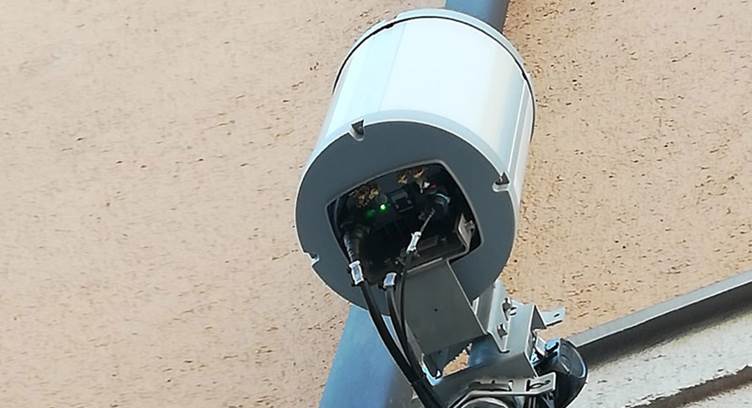As the first German network operator, O2 / Telefónica has activated the first mini-radio cells with innovative Open RAN technology (ORAN) in Munich.
In addition to the very well developed O2 network, this will provide all O2 customers with even more capacity and higher bandwidths at busy locations in the future. The installation of pure 5G Open RAN mini radio cells ("5G standalone") will follow later in the year. With the compact, flexibly deployable latest-generation mini mobile cells, the company is able to increase 5G/4G capacities in the O2 network at high-traffic locations in urban areas faster than before. The mini-radio cells, attached to a building facade on Klenzestraße in Munich's Gärtnerplatz district, supplement the 4G/5G mobile network installed on rooftops in the city center, but do not replace it.
In addition to a power supply, the small cells required a connection via fiber optics. In Munich, this is provided by the fiber optic infrastructure of Stadtwerke München and the local telecommunications provider M-net:
In the coming weeks, further installations will follow in Munich's city center: First, two 4G radio cells at Gärtnerplatz and later this year, O2 / Telefónica will also install pure 5G Open RAN mini radio cells ("5G Standalone") for the first time in the area of Kaufinger Straße in the Bavarian capital. In the course of these expansions, it is also conceivable to use existing infrastructures of Stadtwerke München - such as bus stops or power distributors.
Malik Rao, CTIO of O2/Telefonica Deutschland
With our ORAN Small Cells, we are launching a model project for major German cities in Munich. From the customer's point of view, they are a particular benefit where a particularly large number of people are out and about with their smartphones. Inconspicuously integrated into the streetscape and cityscape, they provide every customer with reliable access to a high-performance 4G network in many public places, and in the future also 5G.






















